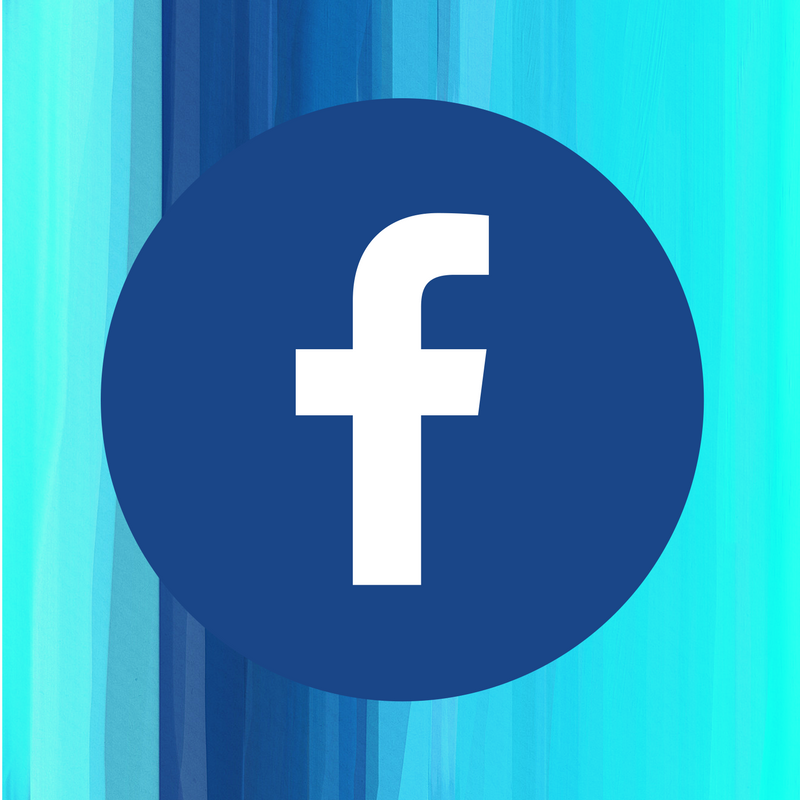According to recent statistics, the average American spends about 35 minutes each day on Facebook. Considering that statistics also show that 66% of Americans are Facebook users, it is not surprising that it has exceeded $500 billion in market value. When over half the American public is engaged on a single social media platform, the question becomes: do the benefits outweigh the risks?
Facebook has offered its users numerous benefits like connecting, sharing, communicating, and exchanging information with others. Users can like, comment, and share content that relates to their interests and/or experiences, and they can also share content that they believe will benefit some or all of their friends. Currently, we can browse the web, read articles, watch videos, search for events, and even shop without ever having to leave the Facebook app. While these benefits can enhance our lives, we must remember that when any platform offers multiple benefits and services to its users, there are always certain risks involved.
Facebook has been criticized for many quantifiable issues such as privacy, data mining, censorship, security, and the circulation of false information. But the social media giant has also been criticized for more qualitative risks such as the tendency of some users to develop compulsive use habits.
Although there is controversy surrounding claims that Facebook was designed to tap into our addictive nature, one premise is clear: Facebook is on a mission to get users to spend more and more time on the platform. This puts Facebook in a unique position where it must consider multiple ways to keep its users engaged, but it must also consider the repercussions of building a structure that has the potential to influence so many aspects of its users’ lives.
Not surprisingly, people are beginning to take notice of the increase in time spent on Facebook and some are even designing solutions to the problem of spending too much time on the platform. For example, multiple apps have been created to limit and monitor time spent on social media, some people are deleting their Facebook feeds entirely, and others are setting their screens to black and white to make using apps like Facebook less enjoyable.
As more and more people begin to see negative impacts associated with time spent on Facebook, CEO Mark Zuckerburg faces his own Innovator’s Dilemma. Coined by Harvard professor Clayton Christensen, The Innovators Dilemma describes situations where companies get overturned by market transformations because accepting them would mean going against their business’s mission.
So if Facebook’s mission is to earn more of people’s time, but more people are starting to view time spent on Facebook as problematic, what is Mark Zuckerburg to do? Should he stay true to the company’s past and current vision or should he change course to innovate in light of the potential shift in the market? We’ll just have to wait and see…


